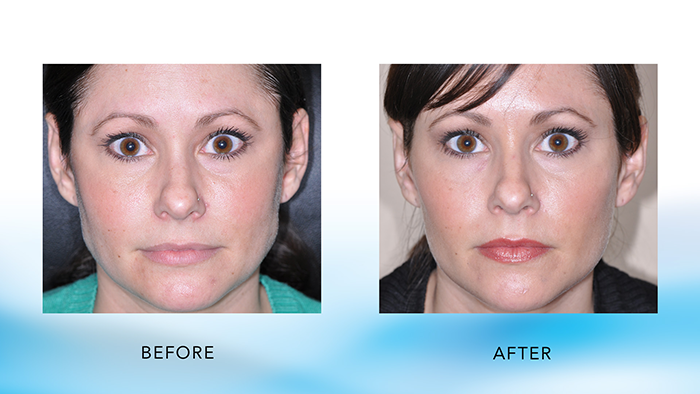Could Botox be the answer to your problems?
Botox isn’t some magic snake oil - it’s a treatment grounded in good research that can alleviate common problems.

What if I told you there is a treatment for one of the most common destructive dental diseases that is easy to deliver once you have been trained, takes just a couple of minutes, can save your dentistry long term, relieve patients’ pain quickly, and make patients feel and look great?
Would you believe this treatment has been around for over 20 years, thousands of dental professionals use it in their office every single day, there are new evidence-based studies and the general media is buzzing about it constantly?
Bruxism and TMJ syndrome are two words that makes dentists shudder - and with good reason. First, it has been estimated that one-third of the population exhibits some degree of bruxism. Heavy bruxism and teeth grinding can easily damage healthy or diseased teeth, dental implants, crowns, porcelain veneers and all types of restorations, and it can cause orthodontic relapse.
How do you feel and how big is the knot in your stomach when you place 10 porcelain veneers or a dental implant and within the first few days, weeks or months, the patient has chipped, cracked or loosened restorations?
Treatment frustration

Even more frustrating for dentists is that TMJ and orofacial pain patient. According to an October 2015 JADA study, one in six patients visiting a general dentist had experienced orofacial pain in the past year. That’s right, one-sixth of your practice has some type of orofacial pain. Many other articles describe even higher percentages, with most of this pain coming from the head, neck and facial muscles.
Treatment of both bruxism and TMJ-related syndromes by most dentists is really hit or miss, making both of these conditions the most frustrating diseases to treat. You know the patient - you have given them bruxism appliances they do not wear or they do wear and break; most of the time it does not even help and their pain stays the same or gets worse. You adjust the appliance so that you can show your patient and yourself that you are “doing something.” Three months later, you and the patient are frustrated and you are hoping the patient moves so they become someone else’s problem.
Turn it around
So, where should dental practitioners turn when presented with bruxism and orofacial pain cases? Get trained in botulinum toxin (Botox) and trigger point therapy as frontline treatments for these dreaded conditions.
As a lifelong ADA member, I find the daily ADA Morning Huddle email of tremendous value, as it brings relevant topics to my inbox every day. This ADA daily email reports continuing references to the use of Botox for bruxism and TMJ from the general media as well as evidence-based studies. Here is a recent item they reported:
“The Daily Beast (4/23, Ross) discusses how Botox may help those with bruxism, which can damage teeth, cause headaches, jaw pain and more. The article states, ‘A report based off a small sample in the journal Neurology found that subjects given Botox versus a placebo for bruxism found their symptoms ‘very much improved’ or ‘much improved.’” The article explains that “Botox blocks nerve signals to the muscle where it is injected, so the muscle relaxes or, depending on how much Botox is used, stops contracting.”
A study published previously in JADA February 2000 evaluated using “locally administered botulinum toxin” to treat bruxism. The study’s results suggested “Botulinum toxin administered by skilled practitioners is a safe and effective treatment for people with severe bruxism, particularly those with associated movement disorders.”
Get trained today
Well over 10,000 American Academy of Facial Esthetics (AAFE) members have been trained to deliver Botox for bruxism and TMJ. They are improving their patients’ lives every day by making them feel better and look better with Botox, dermal filler and PDO threadlift treatment. These dental professionals are also improving their practice production with added services that patients want and need.
It is time for you to add these new services to your practice, give patients the treatments that are the most popular in the world ,and get the best esthetic and therapeutic treatment outcomes possible. You need to get trained in Botox, dermal filler, solid filler PDO threadlifts and trigger point therapy today!